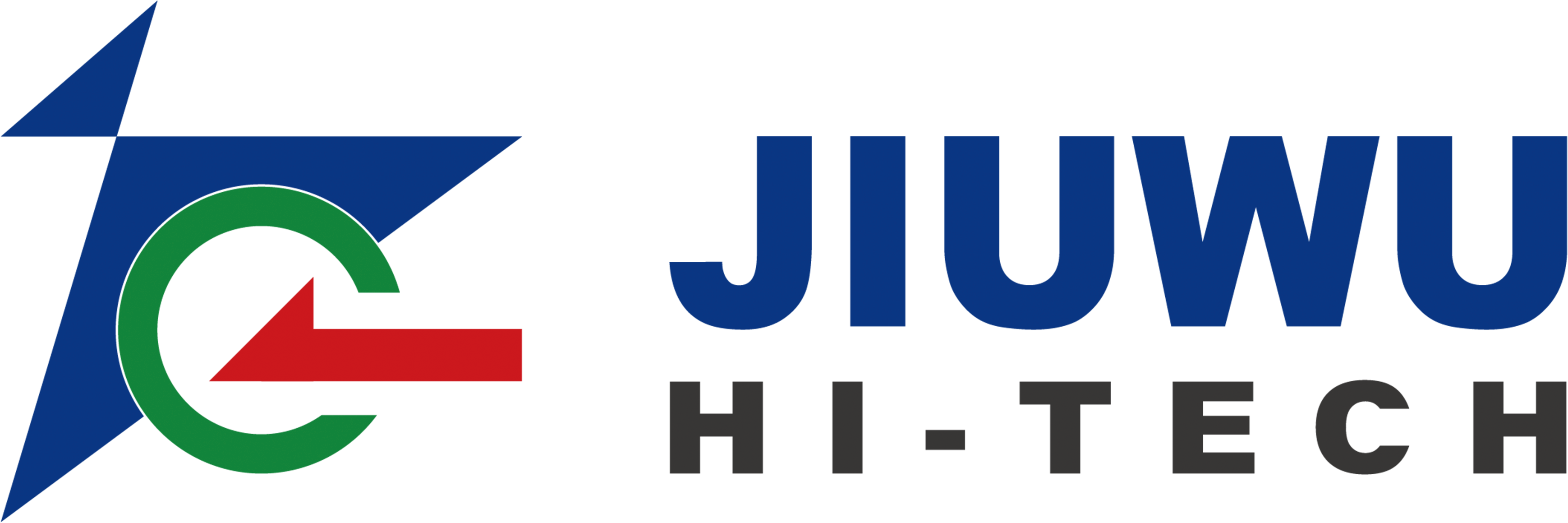In the yogurt production process, membrane filtration makes it unnecessary for ceramic membrane manufacturers to add milk powder, thereby improving their ability to provide "clean label" products with a healthier image.
Greek yogurt and other concentrated yogurt products (such as quark yogurt, Labneh, and Iceland skimmed yogurt) have been natural sources of nutrition for hundreds of years.Recently, their high protein content, healthy image, and pleasant fermented taste have made them a quasi-superfood in the eyes of health-conscious consumers.
Concentrated yogurt products can also double as cooking seasonings--both for sweet and savory dishes.For example, quark milk and Greek yogurt are widely used as seasonings and dips, as well as desserts and pastries.
For dairy companies, this popularity creates room for further development of this growing market segment.Manufacturers increasingly want the flexibility and ability to produce various products.From low-fat, high-protein to high-fat, medium-protein--and all combinations in between.
To achieve these goals, enrichment is a crucial production step.There are many different enrichment techniques available.One is ultrafiltration--a form of membrane filtration with multiple advantages.
One of the most noticeable benefits of membrane filtration is that it can retain 100% protein.In membrane filtration or more specifically ultrafiltration, all proteins are retained in the product.Only lactose and mineral salts pass through the membrane; all protein and fat are retained in the concentrated product.The high output of ultrafiltration allows you to minimize the use of milk when producing the final product.
The beauty of organic membrane filters is that you can produce various yogurt varieties with different protein and fat content.This can be achieved by controlling the feed and output to the filter unit, which makes it possible to determine the composition of the effluent product.
For example, 1,000 liters of skimmed milk with a fat content of 1.5% and a protein content of 3% can be concentrated to 300 liters of concentrated yogurt with a protein content of 10% and a fat content of 5% by adding it to the membrane filtration device.By adjusting the output of the filter unit, you can alternatively obtain 500 liters of concentrated yogurt with a protein content of 6% and a fat content of 3%.
Membrane filtration allows you to use one filtration unit to produce all types of products, from fat-free high-protein yogurt to full-fat cream cheese.Many of our customers like to produce different products with different fat content. It is the market trend.Membrane filtration makes it easy to achieve.
The use of membrane filtration of concentrated yogurt can also bring excellent product quality, thanks to the process which can soften the product.It can improve the texture and stability of yogurt and produce a very smooth taste and bright appearance.
Milk powder is usually added during the production of stirred and fixed yogurt to increase the protein level of the yogurt (also called "dry matter").Because higher protein content can improve the texture, viscosity, and stability of yogurt.When yogurt is made into stirred yogurt and fixed yogurt, membrane filtration of milk can also enable manufacturers to reduce or avoid the use of milk powder as an additive.
Ultrafiltration or reverse osmosis allows processing equipment to remove water, thereby increasing protein content and dry matter content through concentration.Ultrafiltration of yogurt can remove water, some salt, and some lactose.Reverse osmosis can remove water.
Both technologies allow manufacturers to achieve the required dry matter levels without using milk powder, thereby enabling them to claim that their products are "clean label" products with fewer additives.
Such an arrangement allows the manufacturer to remove the powder mixing station, storage room and mixing tank from the production line, thereby further slimming the production line and reducing the factory floor space.




 +86-25-58849045
+86-25-58849045
 +86-25-58749295
+86-25-58749295
 jiuwu@jiuwu.com
jiuwu@jiuwu.com
 No. 9 Park Road, Pukou District, Nanjing City (Sanqiao Factory)
No. 9 Park Road, Pukou District, Nanjing City (Sanqiao Factory) Call us on:
Call us on:  Email Us:
Email Us:  No. 9 Park Road, Pukou District, Nanjing City (Sanqiao Factory)
No. 9 Park Road, Pukou District, Nanjing City (Sanqiao Factory)

 English
English 한국어
한국어 français
français русский
русский Español
Español
